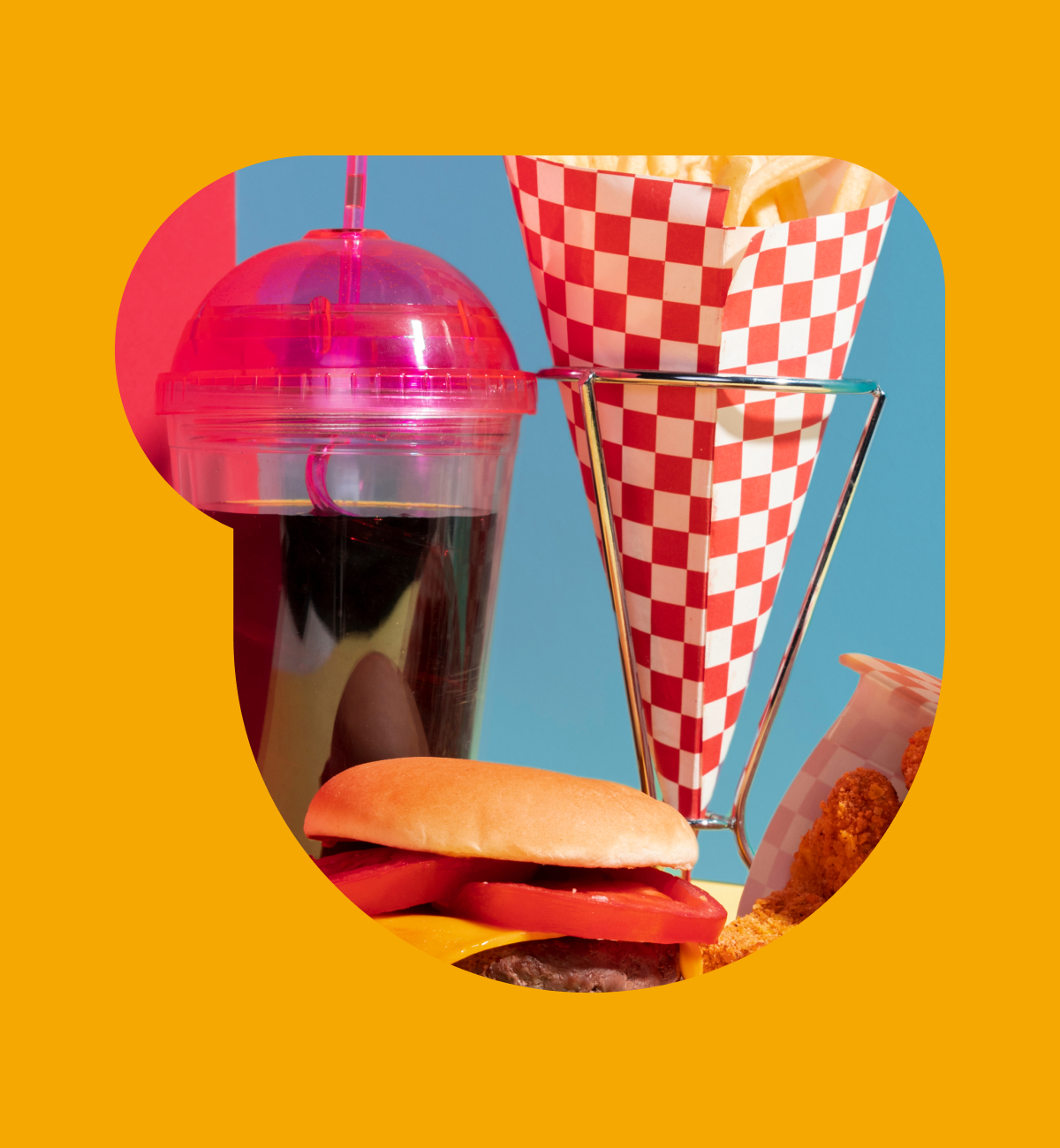As restaurants adapt to serving through the COVID-19 pandemic, the in-restaurant experience has been rapidly replaced with pickup, drive thru and delivery. So how customers experience what comes in the bag is more important than ever. We’re talking to-go packaging best practices. From transparency to personal touches, here are eleven criteria to consider for modifying, updating or altogether replacing the packaging that gets your orders from the kitchen to the dinner table.
TRANSPARENCY

A little visibility goes a long way in a to-go order’s contents. Clear containers allow restaurant teams, delivery drivers and customers to check orders at-a-glance. For hard-to-identify items, labeling the outside of each container is an added plus. And for any order with more than one of the same menu items, special instructions or modifications should also be clearly marked for easy identification.
STURDINESS

Sturdier to-go containers stand up to stacking, protect contents in the bag and ensure meals stay sealed on the bumpy ride over to the final destination. Fold-over styrofoam is notorious for buckling and breaking in-transit—and it can turn off some of your more eco-minded guests. So consider something both sturdy and sustainable, like polypropylene packaging made from sugarcane or bamboo.
FLAT BOTTOMS

…for both your food containers and your bags. Flat-bottomed containers rest easier on surfaces, while flat-bottomed bags will keep multiple items in place during transit. For extra insulation, flat-bottomed containers designed with a ridged bottom will not only stack well but provide an air gap beneath hot food to keep fried foods crispier.
TEMPERATURE CONTROL

Containers that maintain hot and cold temperatures as long as possible are crucial to food quality—especially when you know your food faces a commute. Aside from packaging hot and cold items separately, consider testing how orders hold up with current packaging in increments of 15 minutes. If hot items dip below 135 degrees F or cold items reach above 41 degrees F before an order could reasonably reach its final destination in your area, consider limiting the delivery radius from the restaurant or finding a different container. Every step you can take to ensure food maintains quality will help your customers know that it’s safe to enjoy.
Additionally, labeling the package with the time and date of pickup and offering guidance on heating or reheating instructions takes minimal effort and gives customers extra peace of mind.
VENTILATED

Show of hands for anyone who enjoys soggy fries? A well-ventilated container is a fried food’s best friend. Ventilation for foods that steam prevents moisture build-up, so consider choosing packaging that lets moisture escape while still keeping food warm, even when stacked.
MATERIAL

Every material has its strengths and weaknesses. While styrofoam and certain plastics offer affordability and temperature control, it’s hard on the environment. Likewise, plastics are great for transparency and protecting contents but can also be hard on the environment if not clearly labeled for recycling. As an added pitfall, if they’re not BPA free they can be hazardous to your customers’ health and safety.
Cardboard combines the best of both, however, by being biodegradable, sturdy, customizable and cost-effective. And the corrugated variety does all of the above while also insulating food effectively. While there are no one-size-fits-all solutions, consider the traits of each material for the types of meals that best suit them.
BRANDED

A feast for the eyes is an essential first impression before everyone digs in. So keep to-go packaging in the brand family. Cohesive design improves brand unity and establishes credibility, and studies show that many consumers unconsciously crave consistency and often desire what’s identifiable. Think of your to-go containers and bags as canvases for communicating your brand’s personality beyond the logo. Adding social media handles, graphic elements or memorable messages to your to-go toolkit will be just one more of your brand activations to keep your customers thinking of you.
MULTI-USE

Whether it’s a pizza box with perforated sides that detach into plates or a durable plastic that can stand up to the dishwasher or microwave, multi-use and multi-purpose containers are great ways to provide guests with peace of mind and in-home reminders of your brand.
SEALED

With an increased focus on food safety in the wake of COVID-19, sealed packaging prevents any tampering after handoff. Branded stickers or food-grade adhesive tapes on the container, along with a stapled or taped-shut bag, are great ways to communicate to your customer that they are the first to handle their contents of their order since it left your kitchen.
ESSENTIALS & EXTRAS

As disposable paper goods and everyday items are becoming harder for customers to find, offer as much as appropriate with any order. This includes extra napkins, wet naps, utensils, dish-specific condiments or even plates. Including a bounceback offer, magnet or menu with updated delivery hours is also a simple way to reach a captive audience.
PERSONAL TOUCH

While we all practice social distancing, there’s still room for a human element in every order. A signed note from the chef or team member who preparing the meal adds a personal touch with a layer of accountability. Adding a kid’s menu, activity sheet or crayons if the order includes a kids meal can make both parents and child feel appreciated. And small mints or an unexpected dessert can be great ways of saying thank you when it can’t be said in-person.












